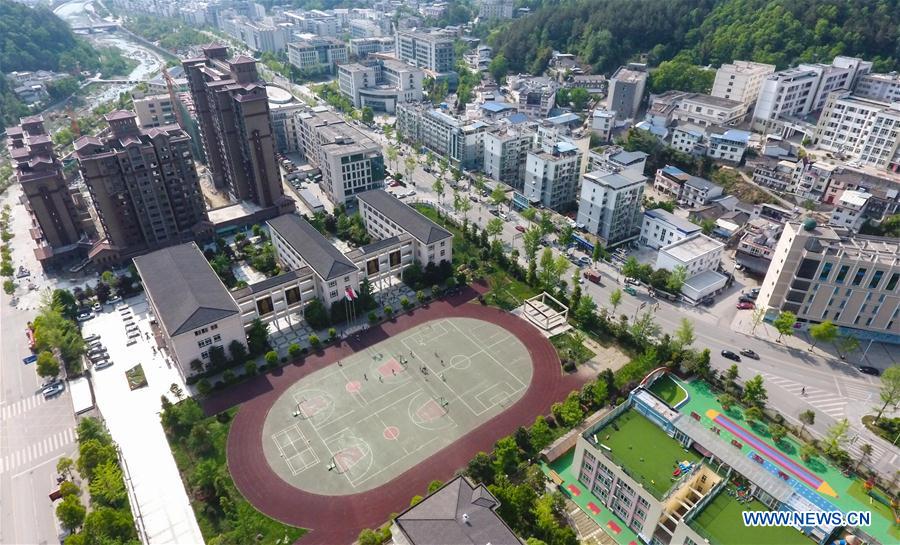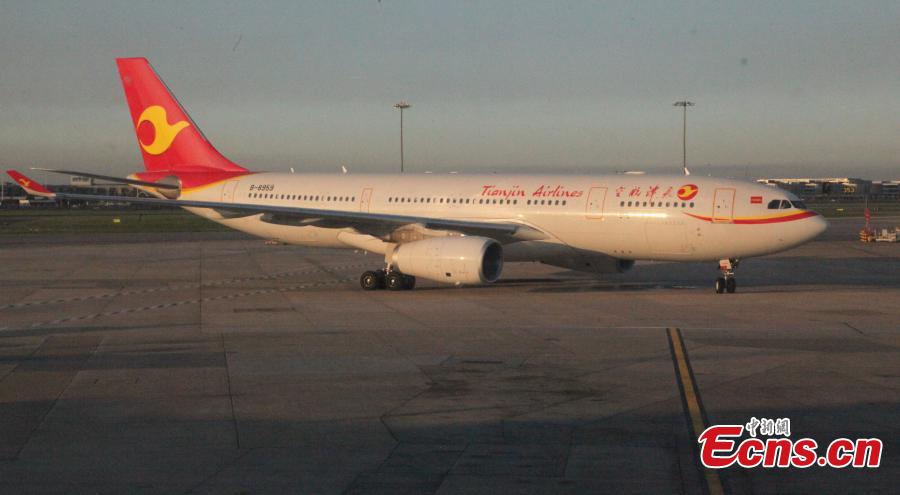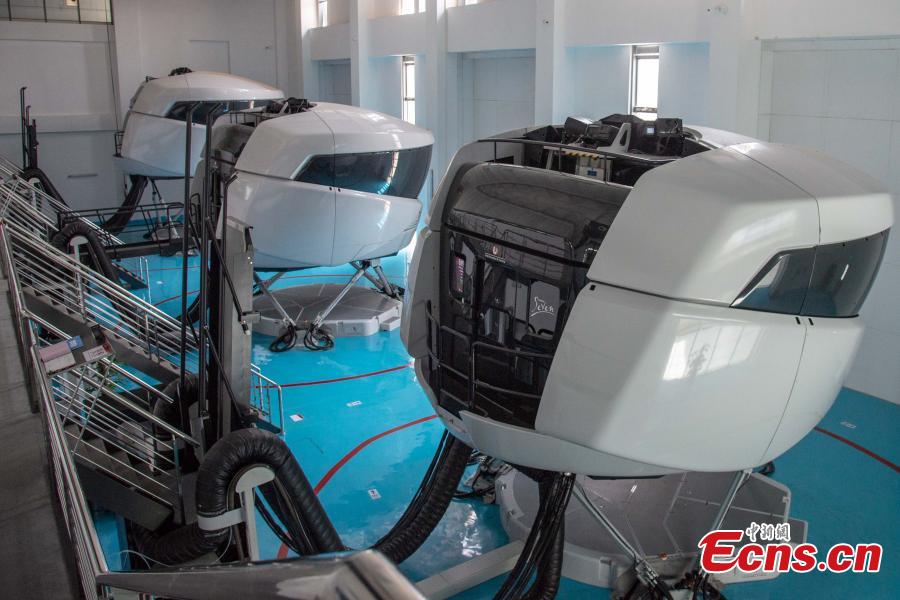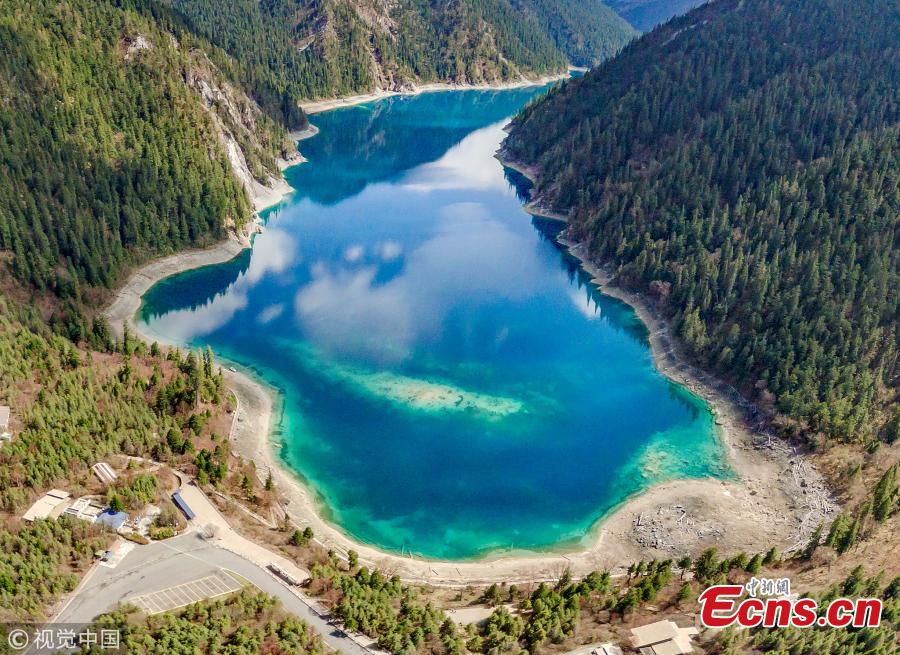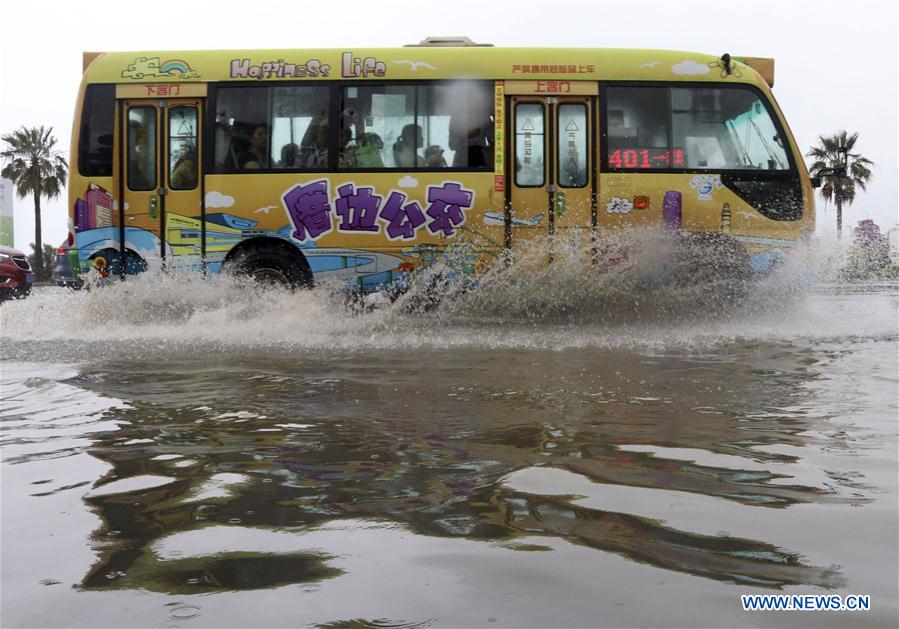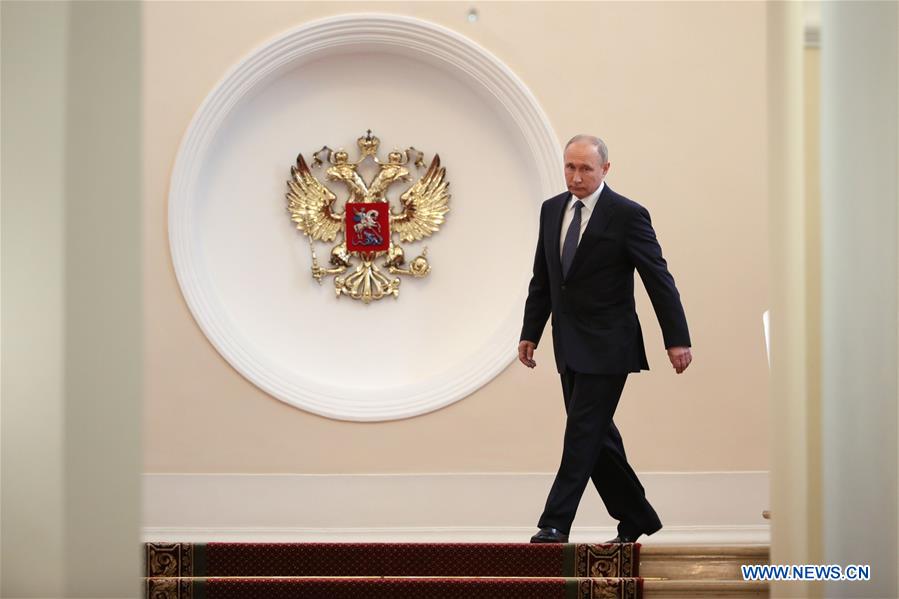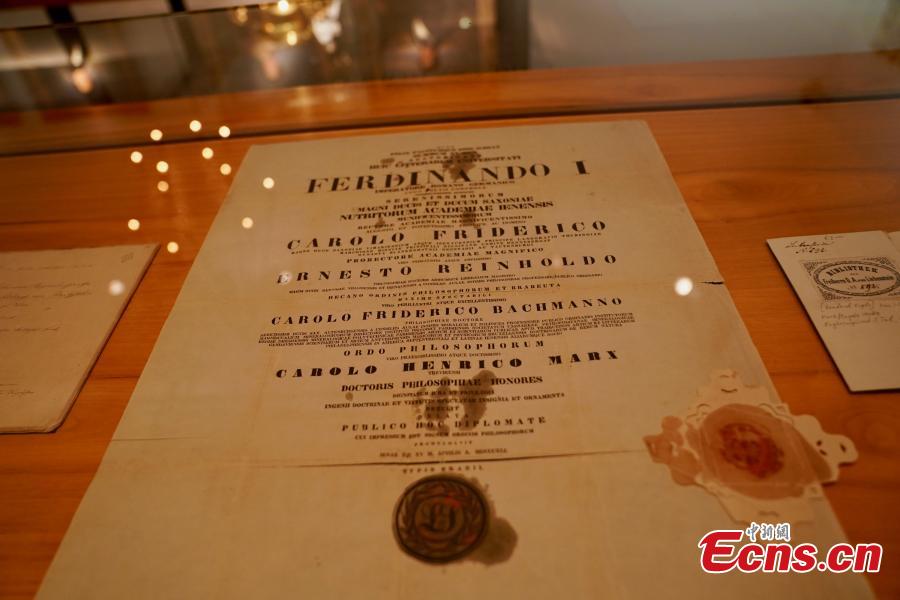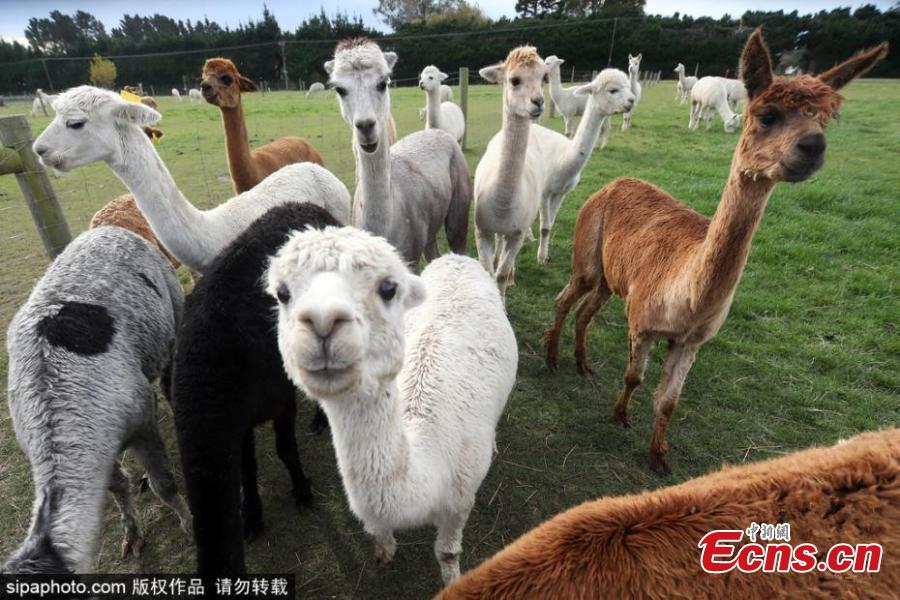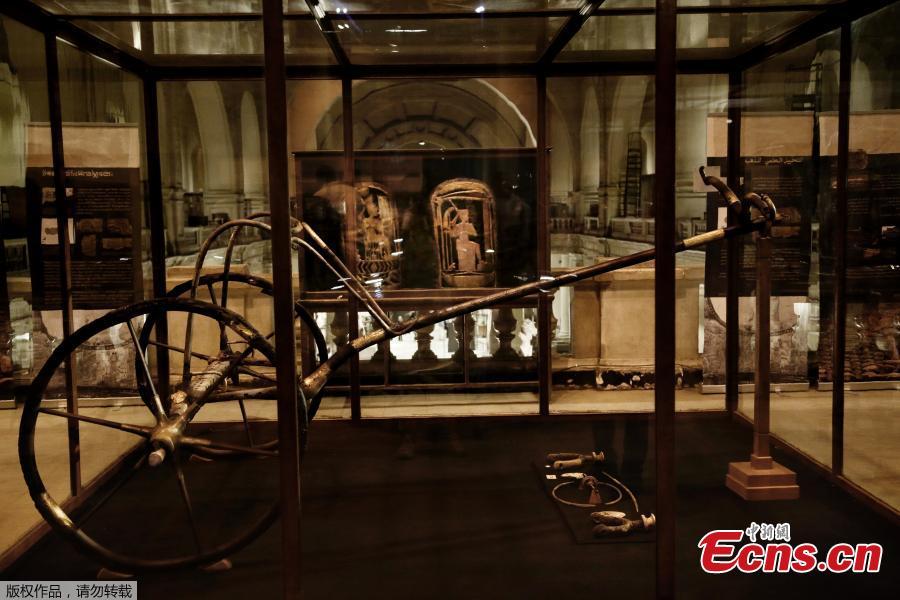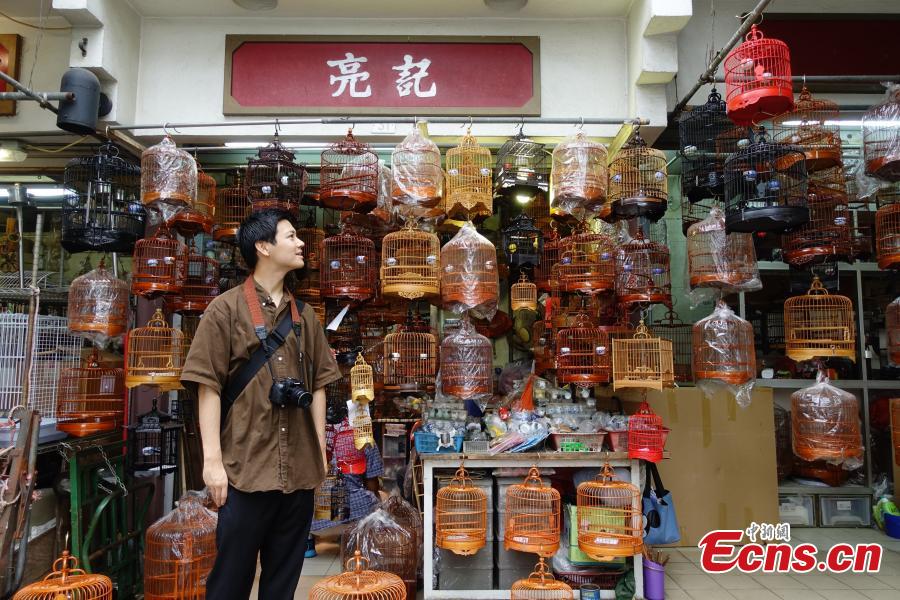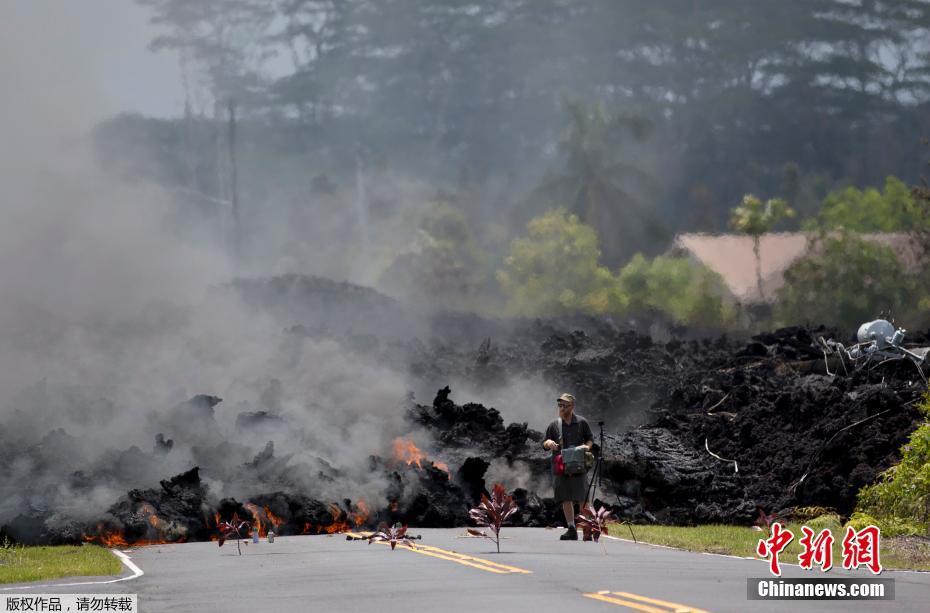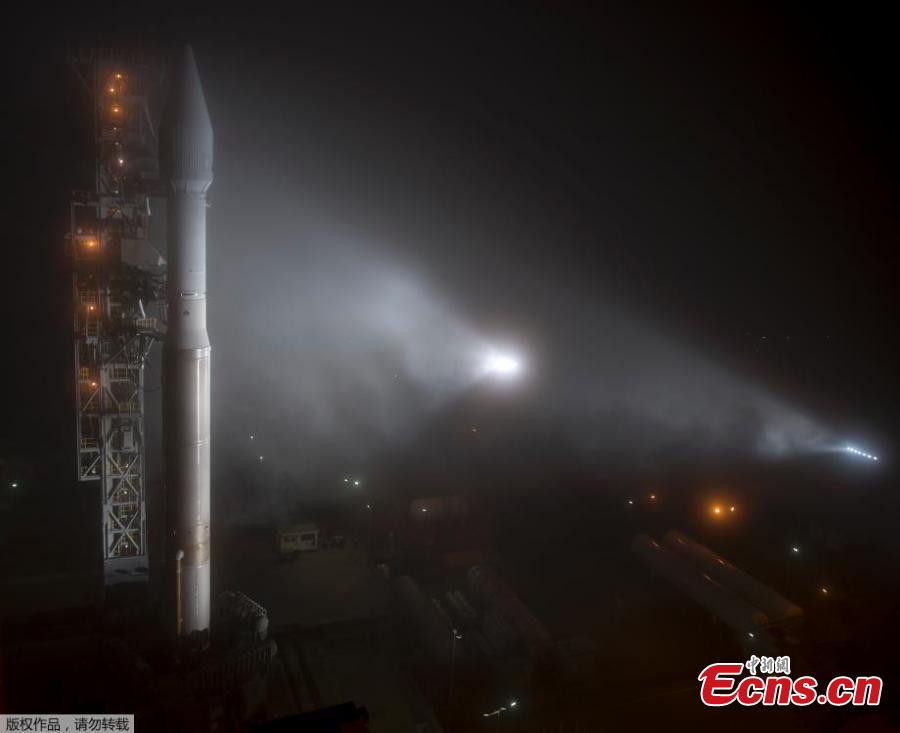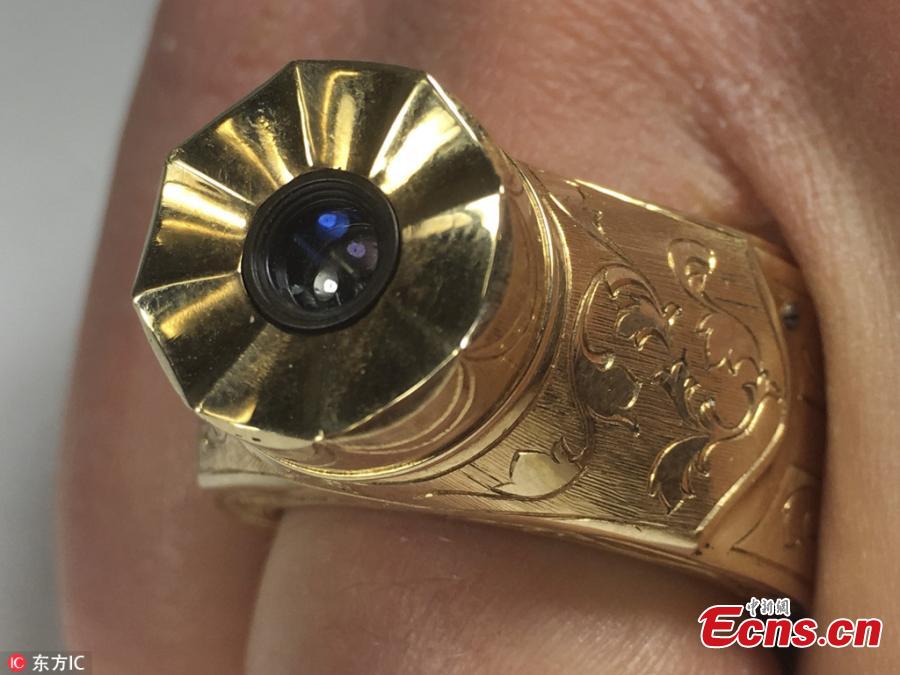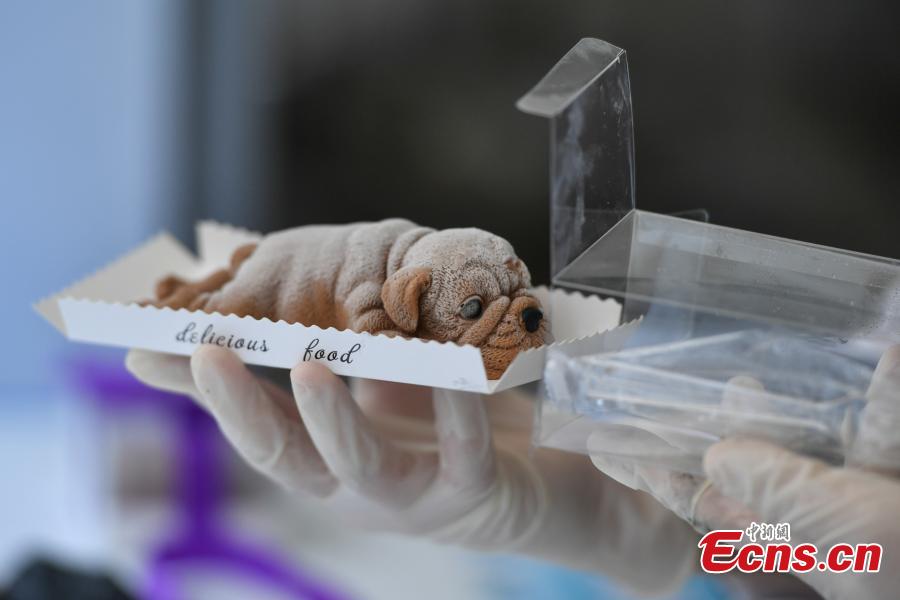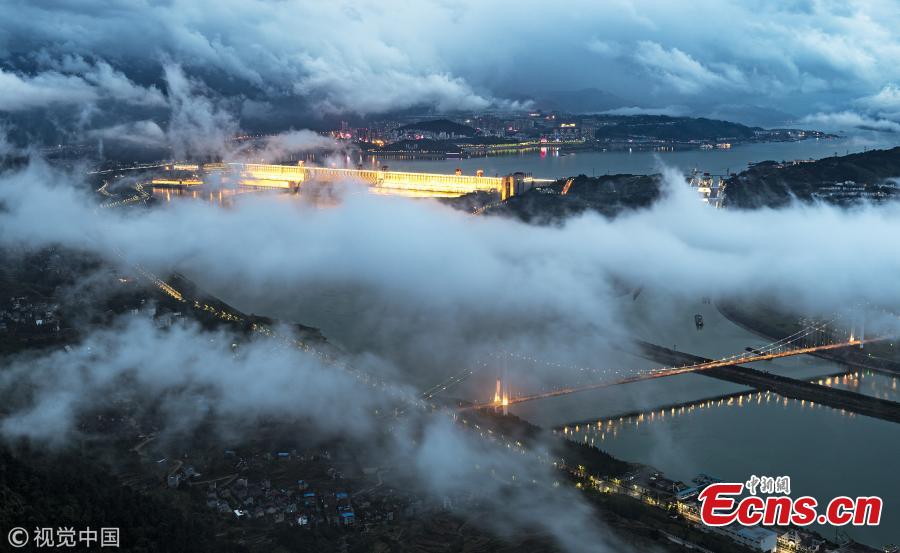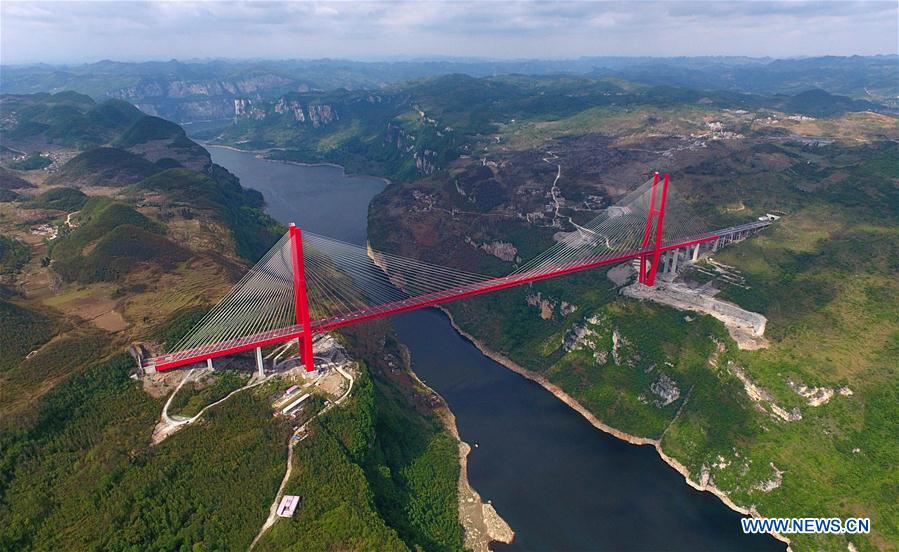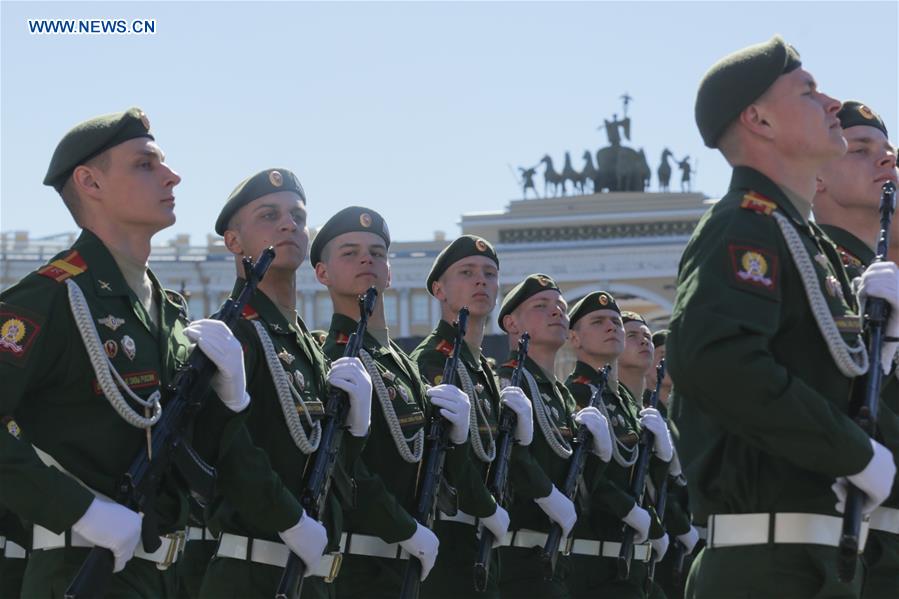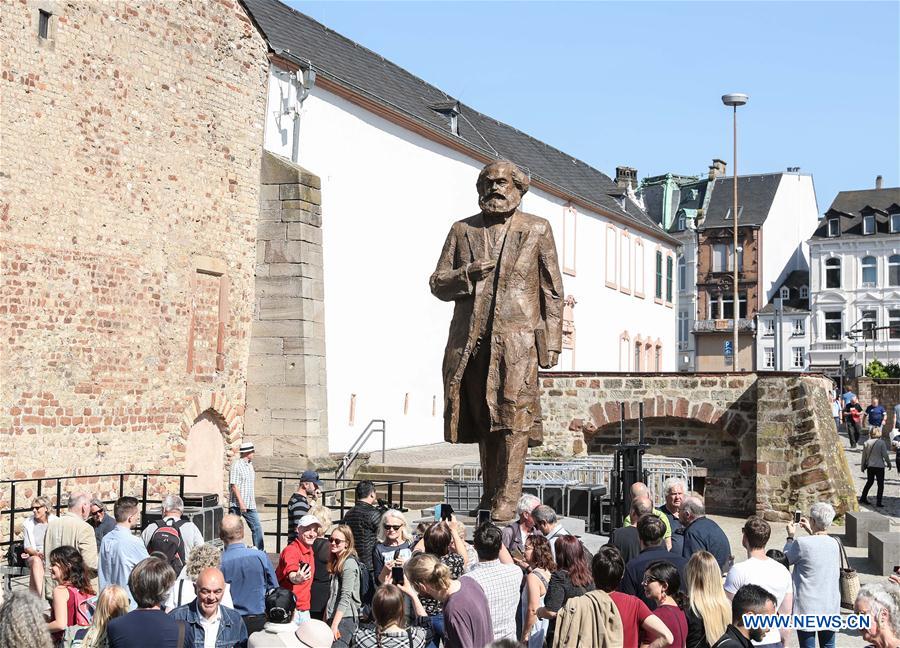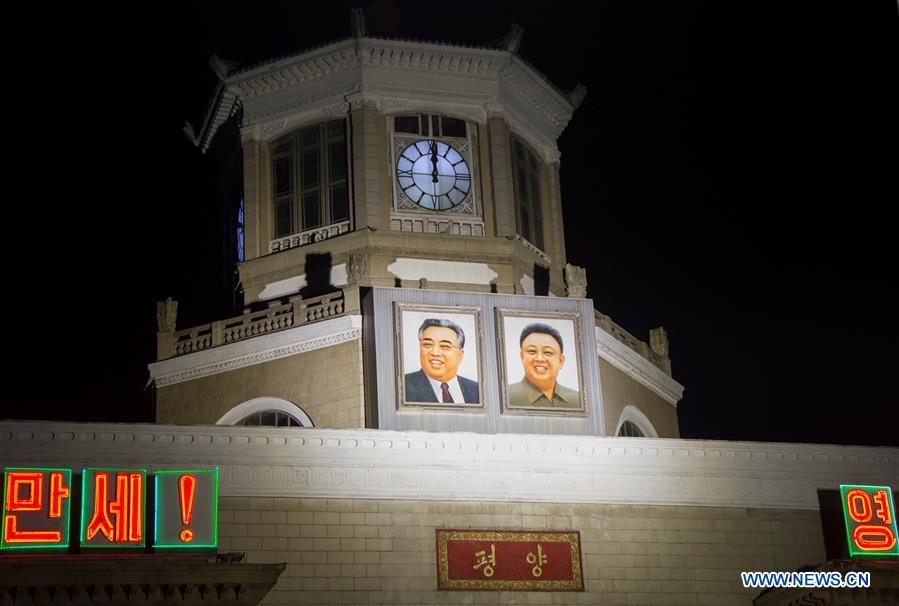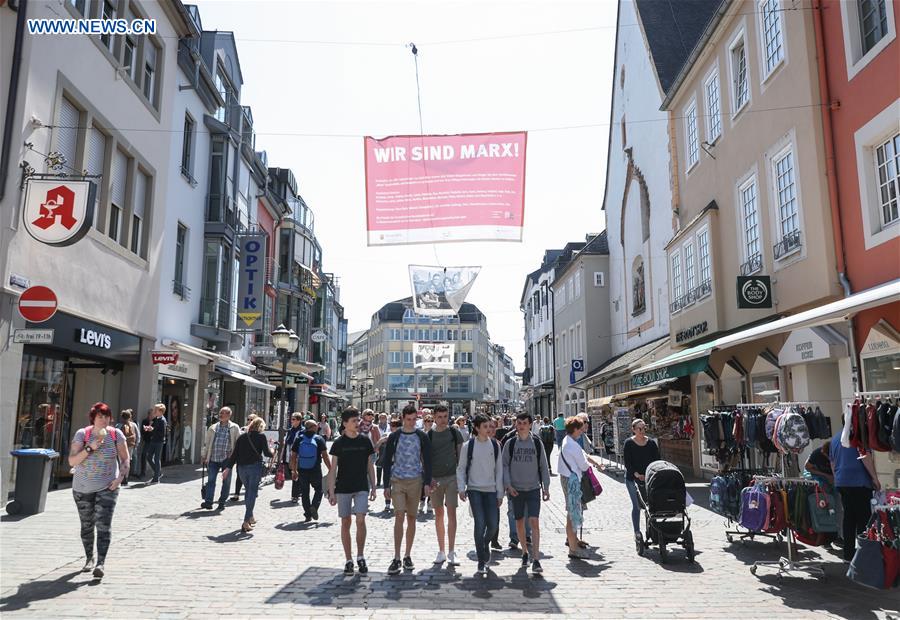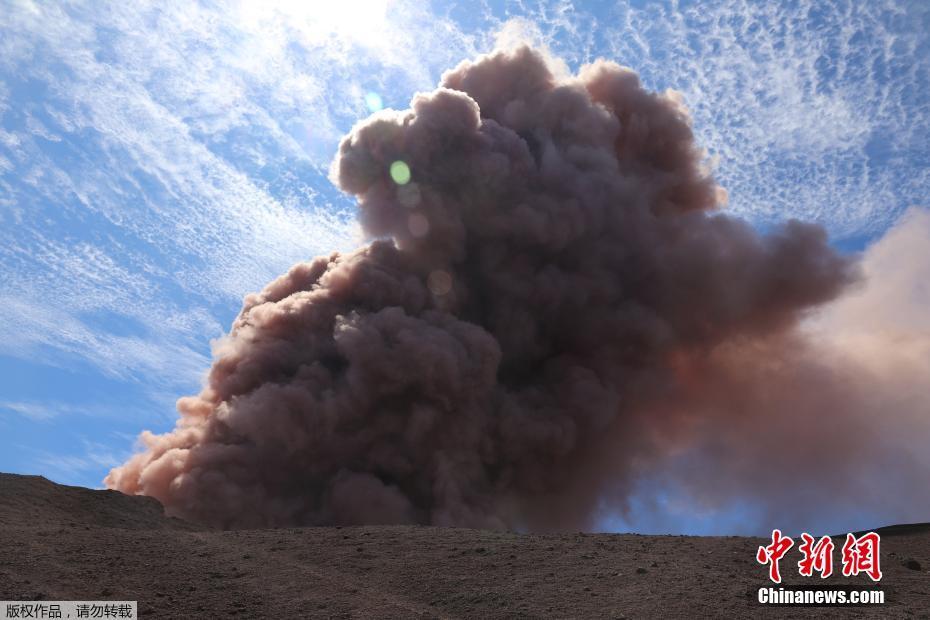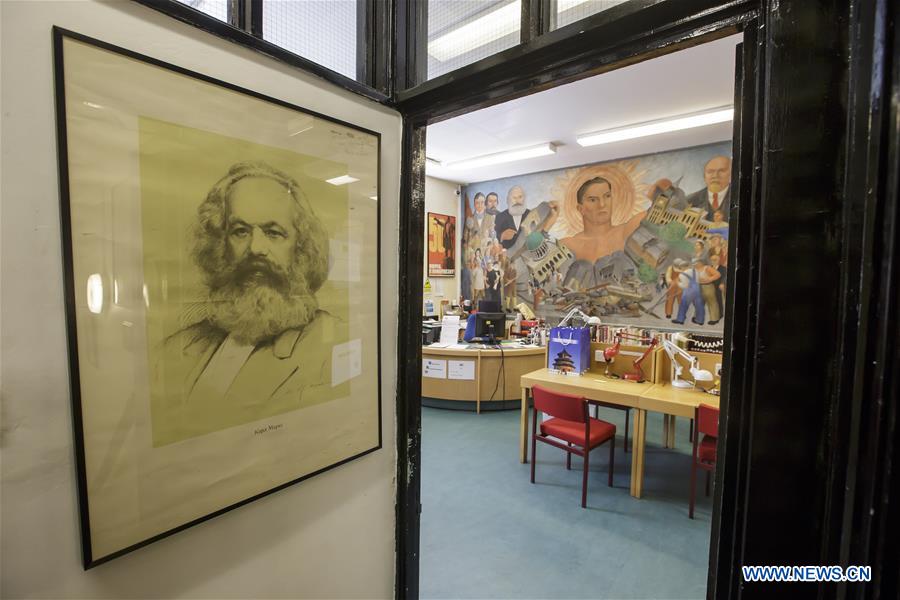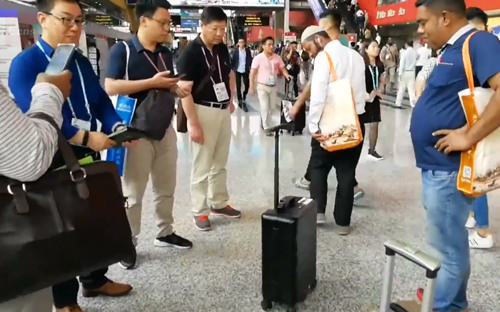Energy revolution, reformed economic structures needed for 2030 goal
As most Chinese cities witnessed more days with clean air after a nationwide air pollution control plan was introduced in 2013, environmental experts noted air quality has seen improvement and whether all China's cities can reach the national standard for air quality by the stated goal of 2030 will depend on the progress of social, economic and technological development. [Special Coverage]
Seventy-three cities out of 338 monitored by the Ministry of Environmental Protection (MEP) reached national air quality standards in 2015. The Chinese national standard for PM2.5 is 35 micrograms per cubic meter.
In the cities monitored, the proportion of days with good or relatively good air quality in a year rose to 78.8 percent, up 2.1 percentage points from a year ago. Nationwide average PM2.5 density dropped 6 percent to 47 micrograms per cubic meter, and average PM10 density fell 5.7 percent to 82 micrograms.
Haikou, Zhoushan and Huizhou, all coastal cities, ranked the top three in terms of air quality in 2016, while Hengshui, Shijiazhuang and Baoding, all in North China's Hebei Province, ranked the bottom.
According to the 13th Five-Year Plan (2016-20), China will take measures to tackle urban smog and deliver "good" air quality readings in cities at prefecture-level and above for 80 percent of the year.
He Kebin, dean of the School of Environment at Tsinghua University said this means at least another 50 cities' air quality should reach the national standard.
"However, even if the goal is accomplished, in 60 percent of Chinese cities, average annual air quality readings will still fail to reach the national standard."
He added that although some research institutions say that air quality in all Chinese cities will reach the standard by 2030, it actually depends on the progress of China's social and technological development.
Half of emissions of air pollutants must be cut if all Chinese cities are to reach the standard by 2030, He said, adding that in the Beijing-Tianjin-Hebei region, emissions from more than 70 different pollutants must be reduced.
The MEP said that only 56.8 percent of days in the Beijing-Tianjin-Hebei region were clear in 2016, but 9.2 percent of the days were "heavily polluted," much higher than the national average of 2.6 percent.
He said that there are now scientific ways to measure how many and what kinds of pollutants need to be cut. For the Beijing-Tianjin-Hebei region to reach standard air quality, the density of nitrogen dioxide should be reduced by 20 percent, and PM2.5 and PM10 concentrations need to be cut by 60 percent and 50 percent respectively.
Nothing short of an energy revolution, a reformed economic structure and improved pollution control technologies will be needed if the Chinese public is to reach the goal of breathing clean air all year round, He noted.









